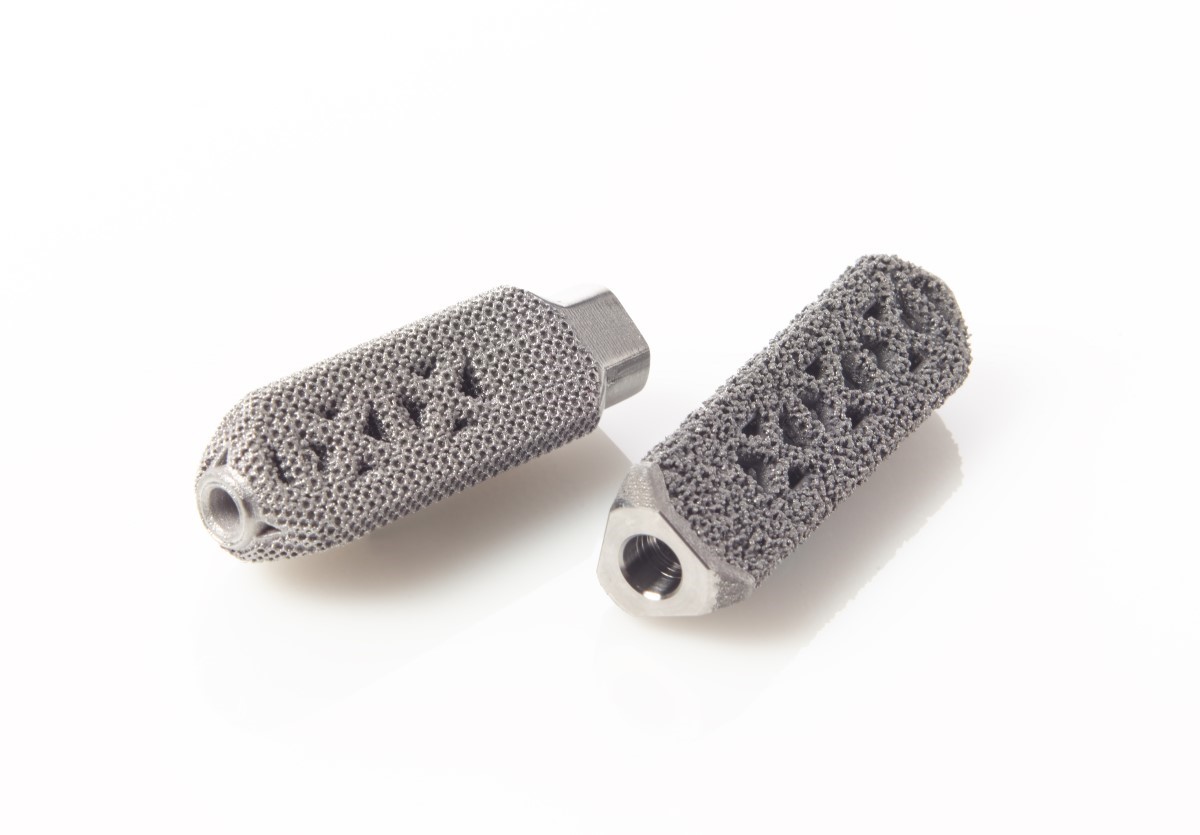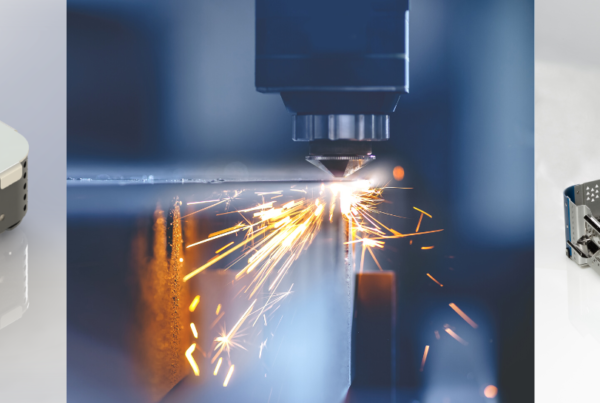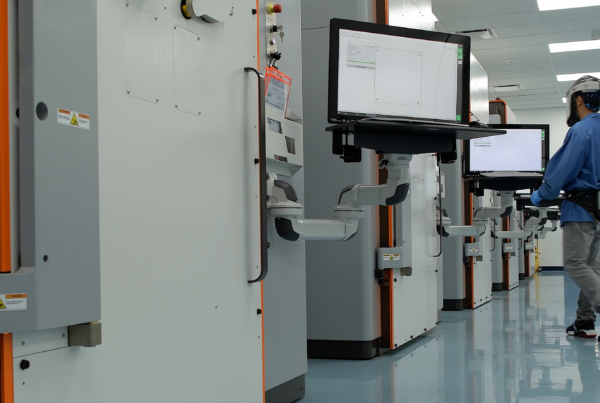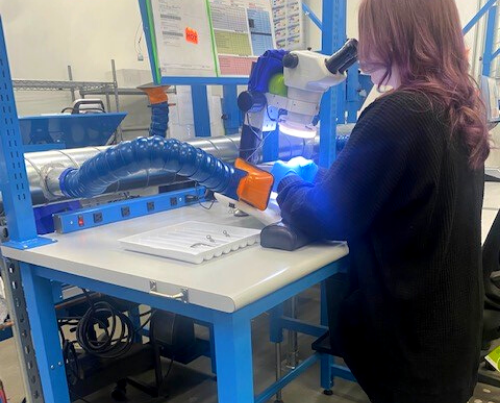Why AM is a Good Fit for Orthopaedic Medical Devices and Implants
If you need to make complex components for orthopaedic devices and implants and are looking to reduce cost and time to market, you may want to consider additive manufacturing (AM).

PRODUCE COMPLEX PARTS
AM is becoming increasingly popular in the medical device market because of its ability to produce complex parts. This technology gives engineers more freedom of design, making structures that were once impossible to manufacture a reality. AM can create surface and lattice structures that cannot be produced with traditional manufacturing methods. With additive technology, you can create porous structures for bone ingrowth and internal lattices for increased structural support and implant strength. Weight-reducing geometry can also improve radiolucency and allow you to produce lighter, more efficient implants.

REDUCE PART COUNT AND ELIMINATE ASSEMBLY
Additive technology allows parts that would have previously been manufactured as two or more separate pieces and combined later, to be produced as one complex part. This can simplify your manufacturing process by eliminating unnecessary steps during set up and production and reducing the amount of secondary processing needed. Combining parts also allows you to consolidate part numbers and make it easier to properly track parts post-production. Utilizing AM to streamline your manufacturing process increases efficiency and can help reduce lead times and manage costs.

INCREASE PRODUCTION CONTROL
AM is a good choice for orthopaedic products of various sizes and distribution, like spinal implants. Unlike subtractive machining where low volume production can be cost prohibitive due to high set-up costs, the cost of additive manufacturing remains essentially the same for all production levels. Rather than being constrained to producing a high volume of product in a common size creating a one-size-fits-all scenario, with additive, you can produce low volumes of the same part in many sizes to more accurately fit patients. AM gives you more control over production volume which can reduce overproduction and shorten lead times so patients can receive products they need quickly.
Additive manufacturing is making safe, durable, and accurate orthopaedic implants possible. This technology can create complex parts and simplify your manufacturing process so you can get the best version of your implants to your patients faster.



